Who knew the last year of the decade was going to be such a rollercoaster? As if seeking to cram as much drama, as many ethical debates and emotional farewells into the end of the 2010s as possible, 2019 stood out as a year of turmoil and reckoning in the Bay Area art scene.
Worldwide, artists, audiences and institutions grappled with the morality of relying on money made through opioid and teargas sales, or the development of surveillance technologies. Locally, we debated the meaning of images—and how to weigh an artist’s long-ago intention against contemporary interpretations. We lost local heroes, arts spaces and community hubs. And we are soon to lose a significant number of irreplaceable pieces of Northern California art. But in answer to all that, in spite of all that, there was: So. Much. Good. Art.
My highly personal, in-no-way-comprehensive list of the best art I saw in 2019 is particularly stacked with video and film work this year. These works, events and exhibitions stood out against a backdrop of general disorder, fortifying me for whatever’s to come in the year ahead.
Best Proposal for a Way to Deal With All Our Statues of Men
Javier Ocampo, ‘Te Amo’

Mexican artist Javier Ocampo’s short video Te Amo was the standout piece in Southern Exposure’s The Tallest Part of the Arch, curated by Marcela Pardo Ariza. Scaling the often gargantuan pedestals of historic monuments (all men, of course), Ocampo wraps himself around the stone heads in loving embraces, making out with monuments to war, “progress” and patriarchal society. In his hands, they become props in a playfully erotic vision of urban architecture, a welcome proposal in the midst of our current debate about public statuary.
Best Video Art for Our Gig-Economy Times
Bonanza, ‘ThunderCoat’
ThunderCoat illustrates a deep-seated and near-universal desire: to throw our phones away and cuddle up with dogs. The 18-minute video from the collaborative trio Bonanza, which debuted in a show at Telematic, nails the anxiety-inducing pings of smartphone alerts, the stress of driving in a grocery store parking lot and the small solace one might glean from the proximity of a sad-eyed pup. On second consideration, ThunderCoat isn’t a satire of Bay Area gig-economy life—it’s a reenactment.
Best Memorial Screening For a Feminist Film Icon
Barbara Hammer, ‘Cinema of Intimacy’
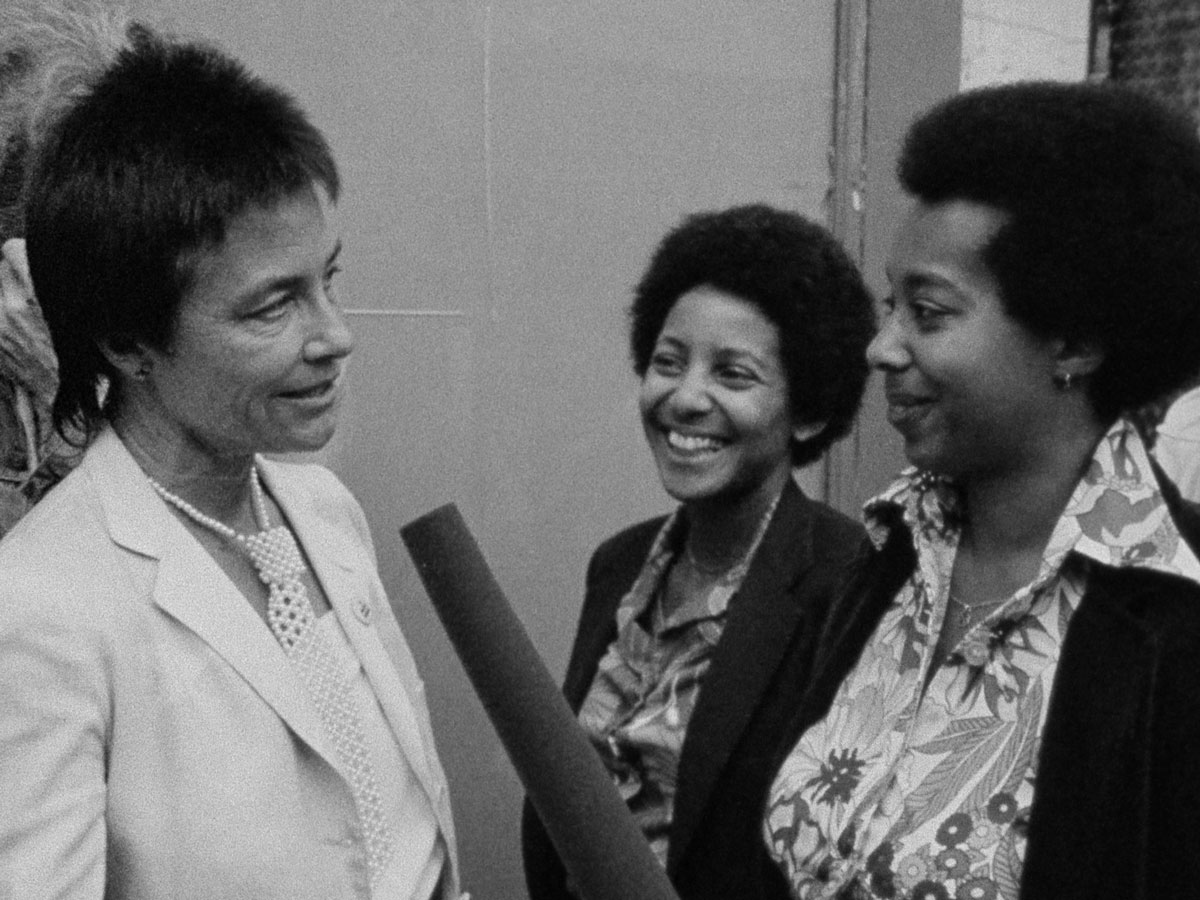
After legendary lesbian experimental filmmaker Barbara Hammer passed away in March, local curators Susannah Magers and Tanya Zimbardo organized two sold-out screenings at the Roxie of Hammer’s early Bay Area-centered work. The event, co-presented by Canyon Cinema Foundation, brought both revelation and joy in a celebration of an artist whose work resonates just as powerfully now as it did 45 years ago. In a delightful bit of site specificity, the program’s opening film, 1982’s Audience, shows Hammer chatting up people waiting outside the Roxie for the San Francisco International Lesbian and Gay Film Festival.
Best Last Shows
Liz Magor, ‘Timeshare’ and Nina Canell, ‘Drag-Out’
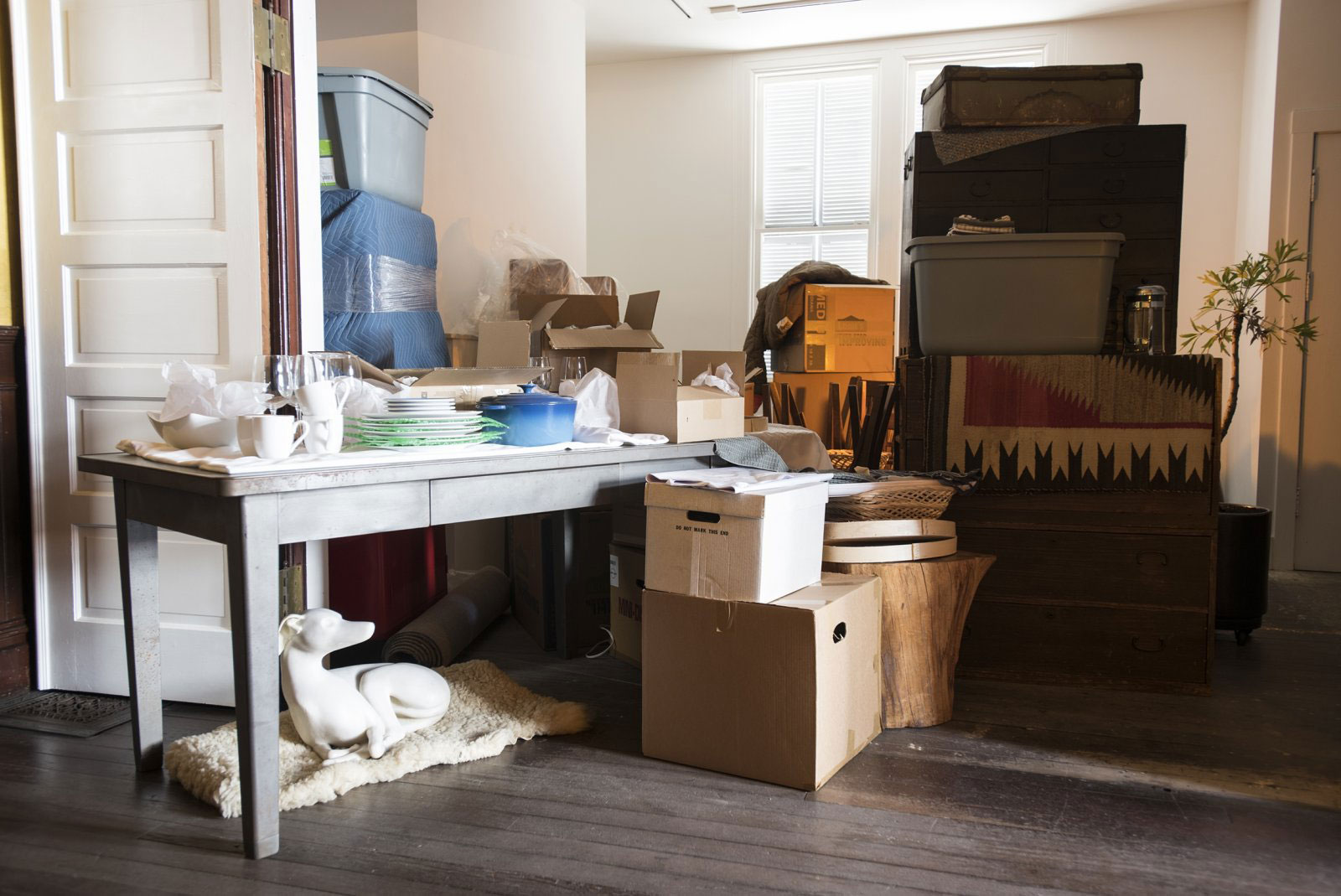
Before the 500 Capp Street Foundation’s board suddenly dismissed the venue’s head curator, and before the exhibiting artists pulled their artwork in gestures of solidarity, two fantastic shows appeared at at David Ireland’s former home. Liz Magor’s Timeshare radically rearranged the late artist’s belongings, a nod to Ireland’s own penchant for reorganizing his art-filled home, but taken to the nth degree. Her sculptures (a cast polyester resin dog; a long, low platform covered in an arrangement of boxed shoes; a wooden chair draped with a rubbery garment bag) seemed caught between move-in and move-out, a state that became all the more real when the show ended prematurely.
Canell’s works were similarly tinged by the circumstances. The oozy movement of a leopard slug over electronics and the slow zoom-out from a Hong Kong building in the video Energy Budget (made with Robin Watkins) seemed in direct contrast to the confusion and agitation that surrounded the last day of the artist’s show. On the house’s terrace space, her sculpture made from a segment of subsea cable looked a lot like an exciting contemporary exhibition program cut short.
Best Use of Wet n Wild Blush in an Exhibition
Nicki Green, ‘Splitting/Unifying’
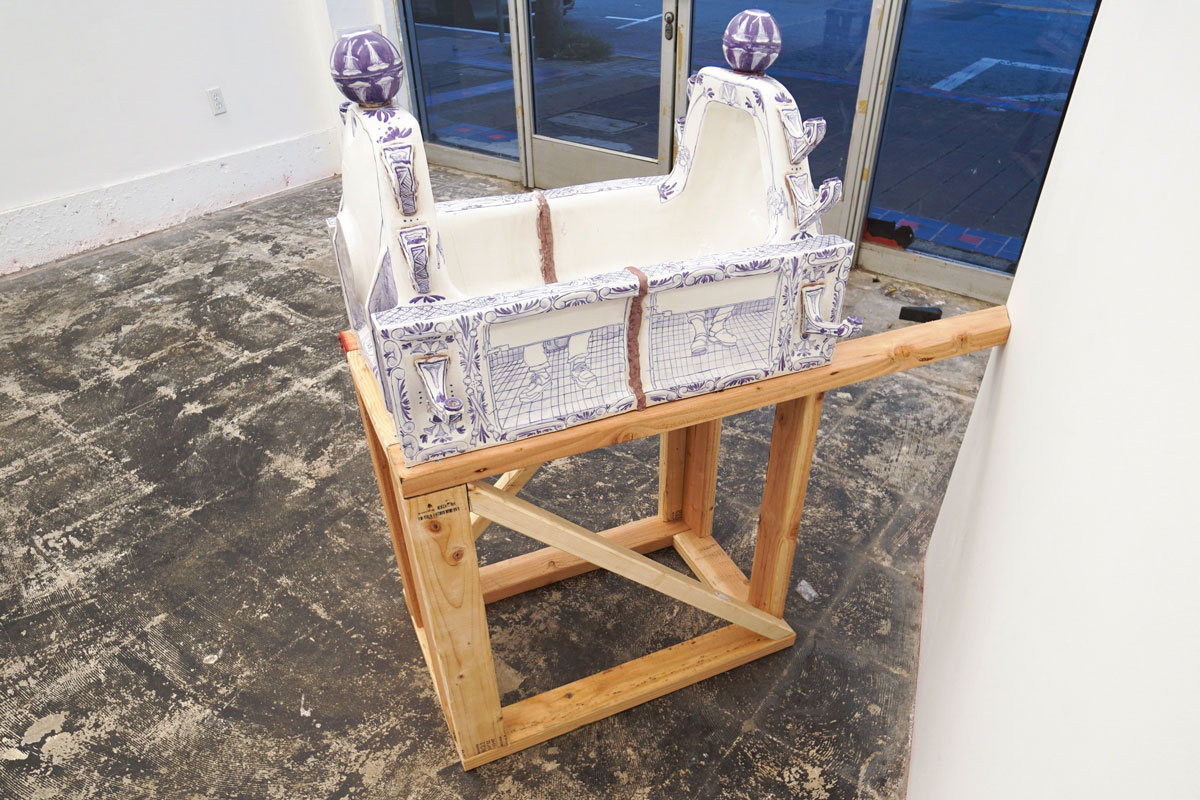
Nicki Green made all the work in Splitting/Unifying while in residence at the John Michael Kohler Art Center—yes, that Kohler. Using waste materials from the Kohler factory, she cut up and reassembled sinks, toilets, urinal basins and faucets into “Frankensteined” sculptures, covering their white surfaces with delicate, lavender-hued patterns and illustrations. The great pleasure in this show was in its details: an extended two-by-four stabilizing a sculpture’s base; a stack of Kohler-branded boxes in the gallery’s back corner; and the light brushing of rosy Wet n Wild blush that highlighted the meeting point of wall and floor.
Best Student-Installed Show of Copies, Appropriations and Remixes
‘Copycat’
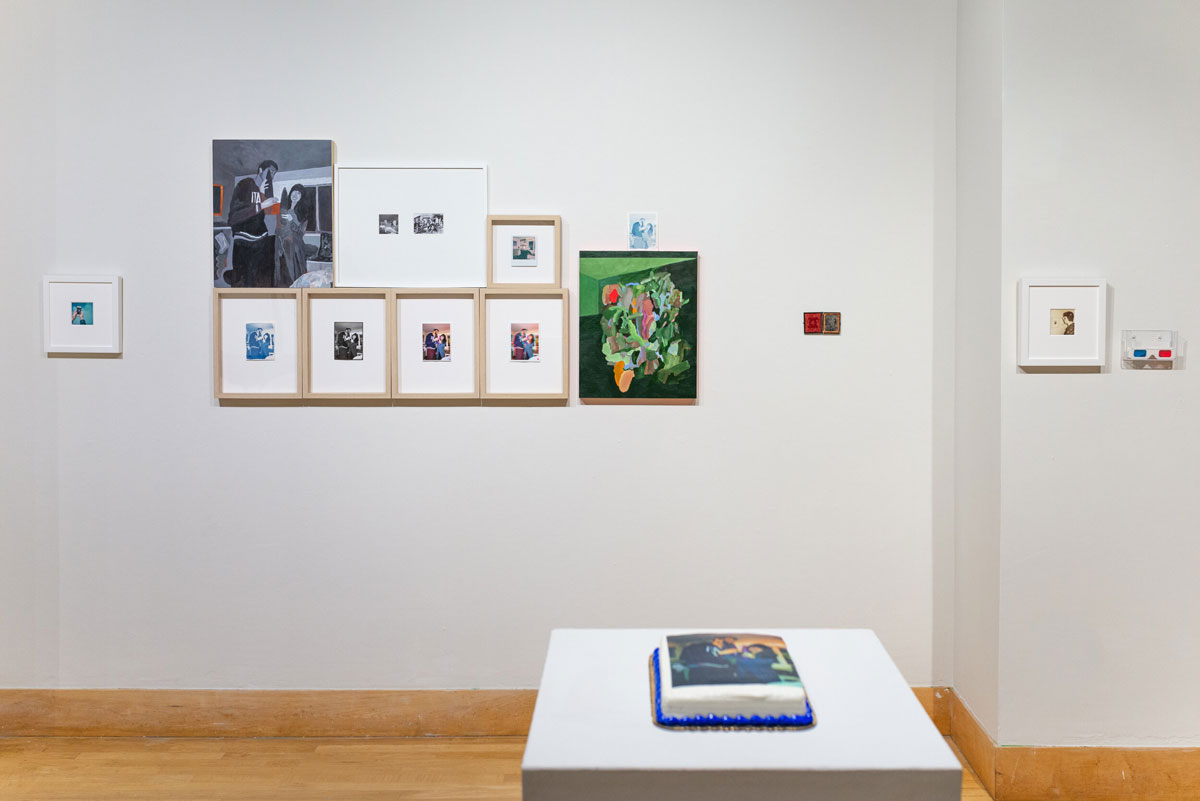
In a unique exhibition design course at San Francisco State University, students went through the steps of researching artists, writing didactic wall text, conducting condition reports on artwork and installing artwork, getting hands-on experience in all aspects of assembling what turned out to be one of the best group shows I saw all year. Curated by Kevin B. Chen (who taught the course), Copycat included Sean Peeler’s A Snapshot Revisited, a hall-of-mirrors-esque examination of a casual party shot, rendered in a dizzying variety of photographic, artistic and vernacular materials (e.g. a photo-print cake). Another knockout: Chris Thorson’s cast bronze bottles and tubes, recognizable consumer products that take on a hefty permanence. In Copycat, the act of copying became generative and inspiring, instead of something that degrades and devalues an elusive “original.”
Best 18-Minute Watching Experience
Pat O’Neill, ‘Saugus Series’
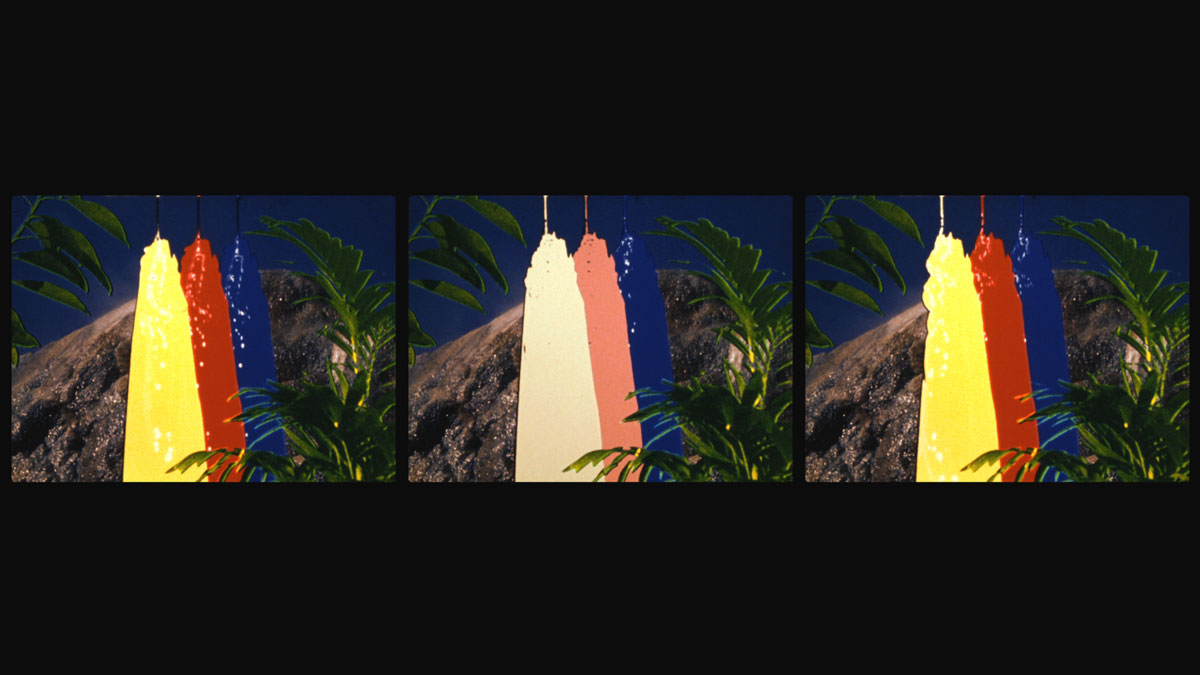
I don’t know what I expected when I popped into Three Answers, an SFMOMA show of Pat O’Neill’s work curated by Tanya Zimbardo, but it definitely wasn’t to sit with my jaw dropped for 18 minutes while the experimental filmmaker’s Saugus Series played in front of me. The 1974 film, reworked in 2014 into a three-channel presentation, combines layered clips, everyday audio and sometimes magical film effects that are slightly impossible to imagine doing now, in the thoroughly digital era. At one point, pleasant orchestral music plays as blue, red and yellow paint “pours” over a moving image of a water-covered rock; it’s wonderfully surreal. I can only hope this work, now part of SFMOMA’s collection, will be screened again and again for years to come.
Best Live Performance That Made My Face Hurt (from Smiling)
An evening with Morgan Bassichis

